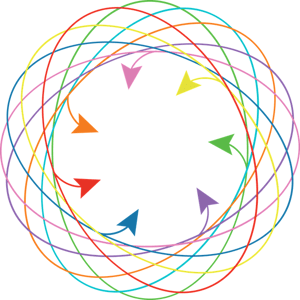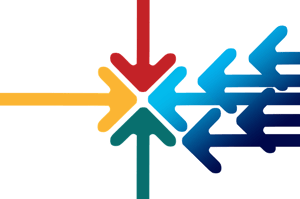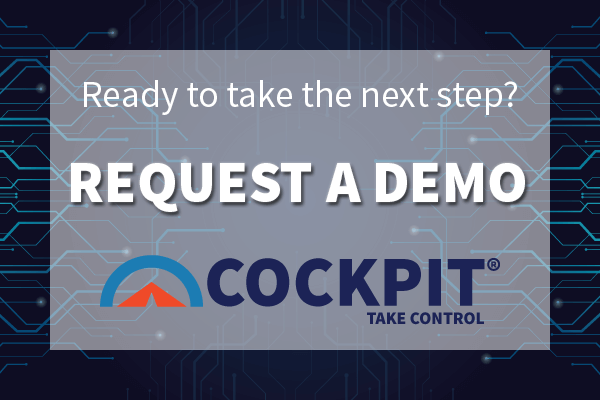3 Reasons Why People Choose the Cockpit® Platform
There are many reasons why life science organizations choose the Cognition Cockpit Platform for their design controls and risk management activities. Cockpit’s numerous functionalities and features have been deployed by businesses large and small, and to great success. But what were the deciding factors for those organizations, and do they make sense for you?
1. Integrating Design Controls and Risk Management
 The Cockpit Platform offers a templated approach to both design controls and risk management. What makes it stand apart from other compliance software tools is the ability to integrate Cockpit’s design controls and risk management modules for improved product management. The platform provides features and tools for seamlessly bringing in your design controls data into your risk management activities, and vice versa.
The Cockpit Platform offers a templated approach to both design controls and risk management. What makes it stand apart from other compliance software tools is the ability to integrate Cockpit’s design controls and risk management modules for improved product management. The platform provides features and tools for seamlessly bringing in your design controls data into your risk management activities, and vice versa.
This functionality is particularly powerful because it promotes a more iterative method to life science product development. In addition, it enables more robust risk management. With the ability to construct risk mitigations, analyze them, and incorporate them back into your product design with full visibility, you can meet both your user needs and regulators’ expectations of safety and effectiveness.
2. Guided Risk Templates
Cockpit comes out of the box with a number of compliance-aligned risk management templates. These templates rely on international risk standards such as ISO 14971 and IEC 62366. With the guided approach these templates facilitate, you can be more confident in the integrity of your risk analysis and worry less about meeting regulatory requirements.
Cockpit has a number of risk templates that can be used in your product development activities. They include:
- Preliminary Hazard Analysis
- Failure Modes and Effects Analysis
- Use Error Analysis
- Fault Tree Analysis
All of these templates feature configurable risk scoring levels, libraries of hazards and harms for simplified allocation and analysis, and automatic risk calculations. When added to Cockpit’s other tools for life science product development, these risk management features can result in greater levels of compliance and greater safety by design in your life science product.
3. Traceability
 Cockpit is a powerful tool for generating compliance documents, and its strength in this arena is its robust traceability features. Logical requirements flows can be easily established, and data can be linked between documents. Risks, tests, requirements, hazards and harms, and so on can be allocated to and from each other, providing more data-centric management for your product development.
Cockpit is a powerful tool for generating compliance documents, and its strength in this arena is its robust traceability features. Logical requirements flows can be easily established, and data can be linked between documents. Risks, tests, requirements, hazards and harms, and so on can be allocated to and from each other, providing more data-centric management for your product development.
The Cockpit Platform is especially powerful for generating trace matrices that can be used as submission-ready deliverables. These matrices take advantage of Cockpit’s traceability features to automatically pull in information entered during design controls and risk management activities. This simplifies the process of reviewing your product data and works toward improving overall data integrity and accuracy.
Why Choose Cockpit?
There are a number of other reasons why life science organizations choose Cockpit as their design controls and risk management platform for product development. Integrated design activities, guided risk templates, and improved traceability are among the most valuable factors that have convinced organizations to adopt the software into their development activities. When combined together, these features can improve the quality and consistency of your compliance activities and help your teams focus on what matters: developing innovative life science products.
About Cognition Corporation
At Cognition, our goal is to provide medical device and pharmaceutical companies with collaborative solutions to the compliance problems they face every day, allowing the customer to focus on their products rather than the system used to create them. We know we are successful when our customers have seamlessly integrated a quality system, making day-to-day compliance effortless and freeing up resources to focus on product safety and efficacy.





